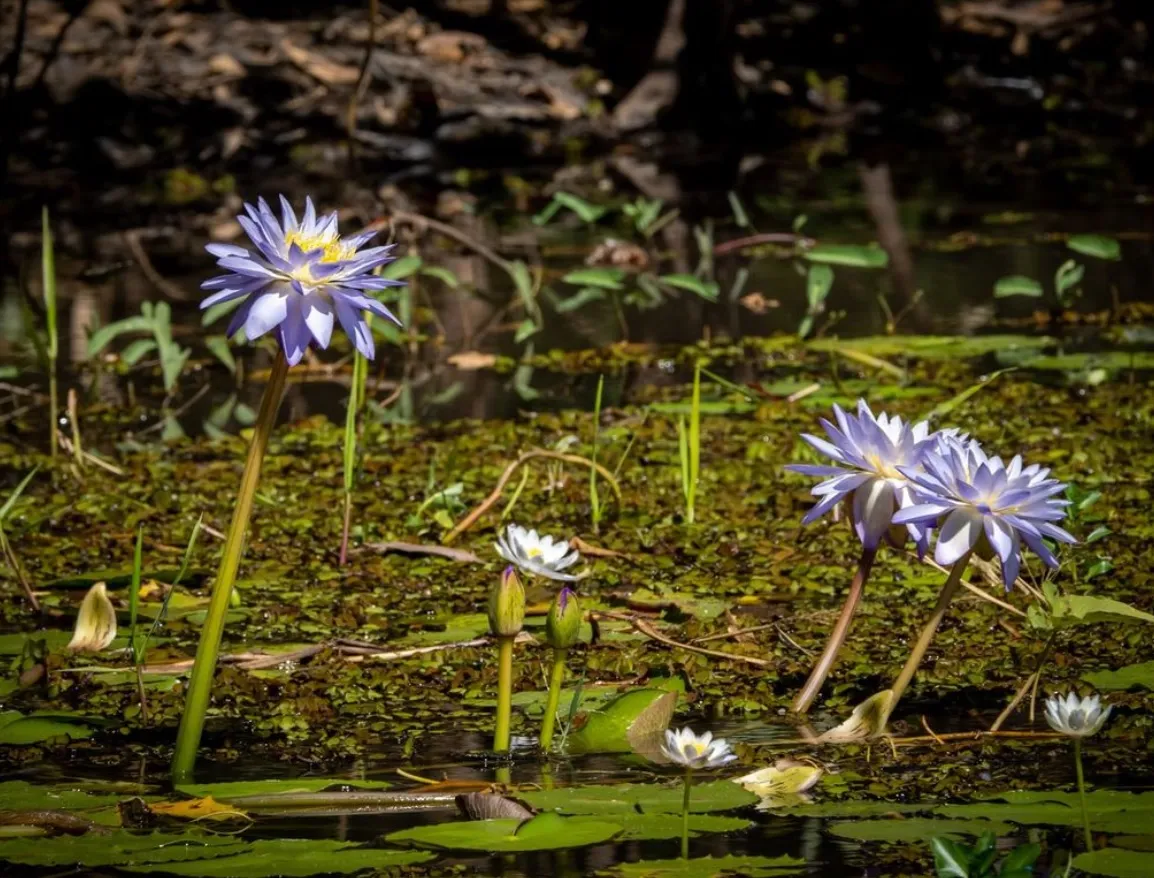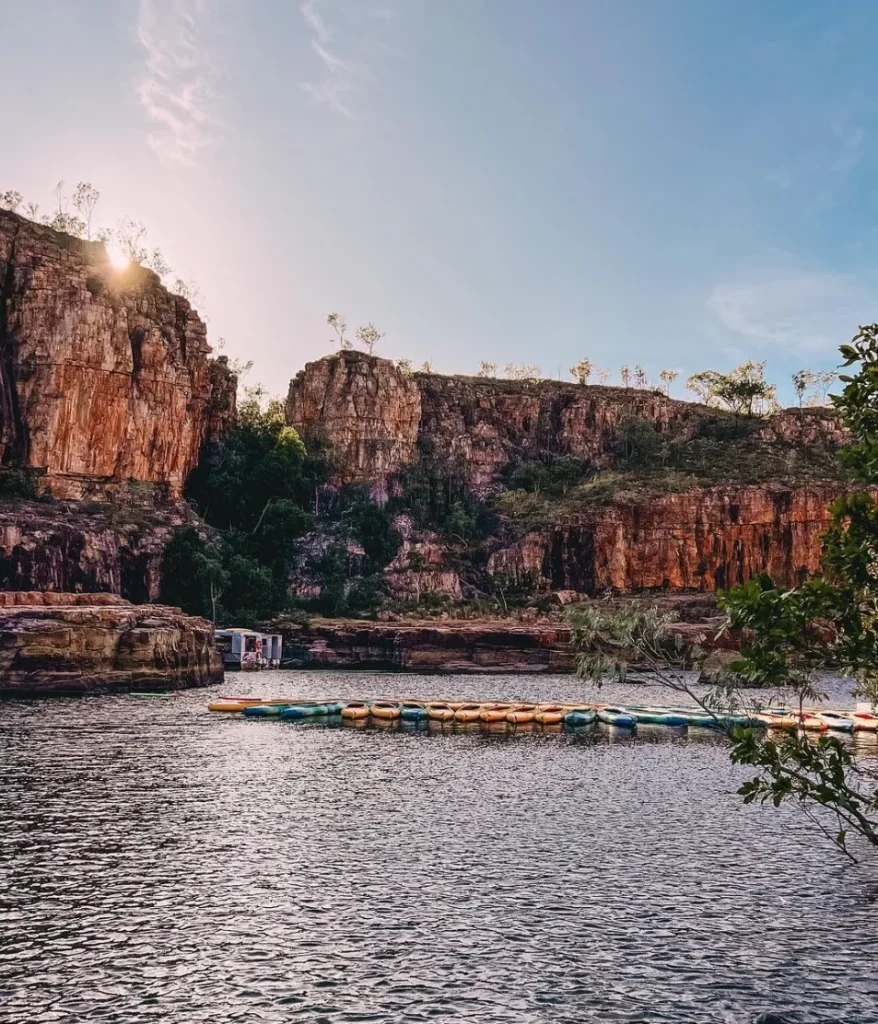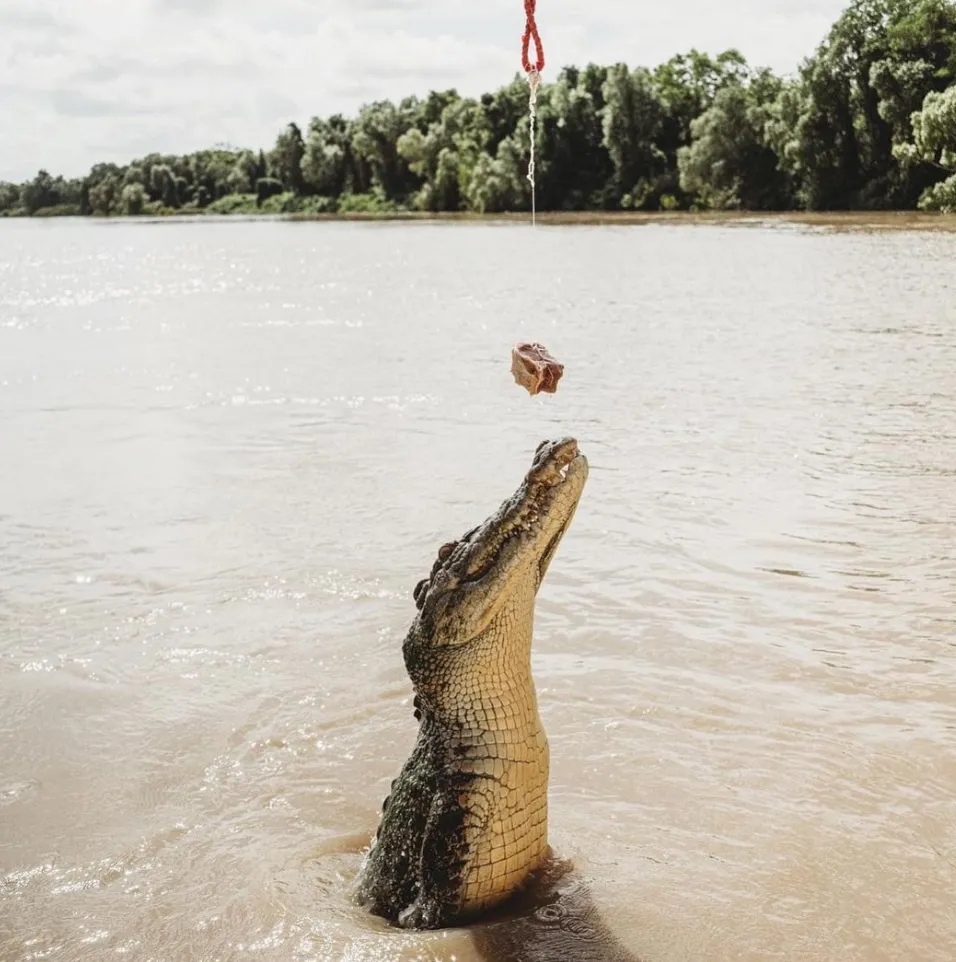Kakadu National Park in the Northern Territory is a big natural wonder with great biodiversity and cultural importance. 20,000 square kilometers of this UNESCO World Heritage Site is home to thousands of plant species and habitats. The park’s landscape is shaped by the wet season and dry season and supports a vast array of flora and fauna. And Kakadu is important to the Bininj/Mungguy people who have managed the land for 40,000 years.
One of the park’s big features is its ecological diversity – woodlands, wetlands, stone country, floodplains and even monsoon rainforest. Kakadu’s flora is adapted to the extreme climate changes between the wet and dry seasons, and each season brings a different landscape. You can see this in iconic spots like Yellow Water Billabong, Arnhem Land and the park’s tidal flats, where the flora and fauna come together in a stunning display.
Woodlands: A Tough Lot
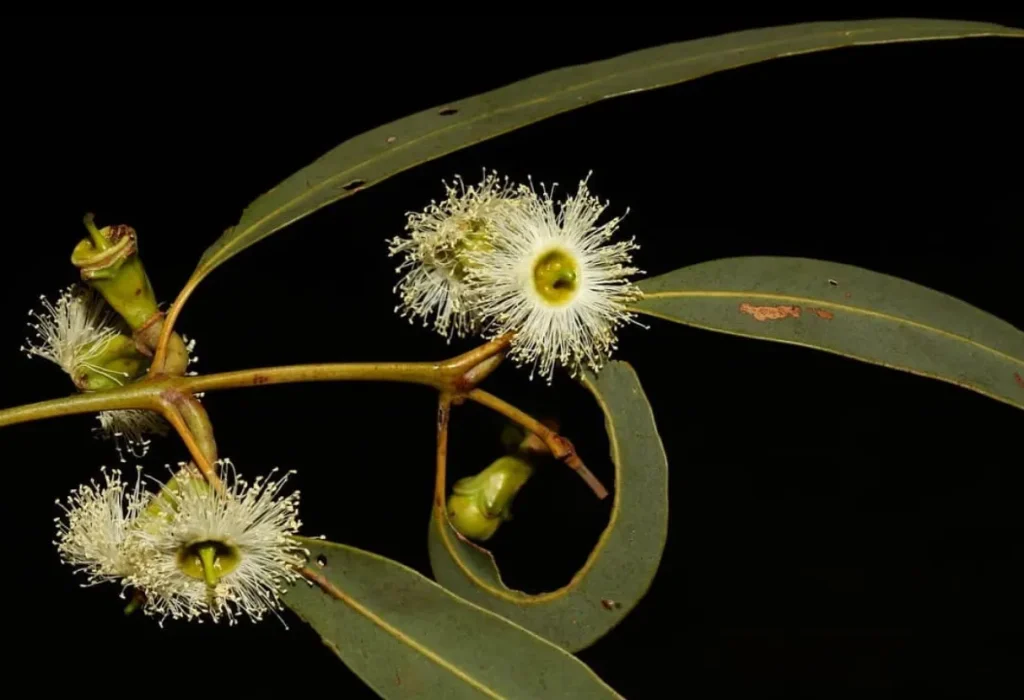
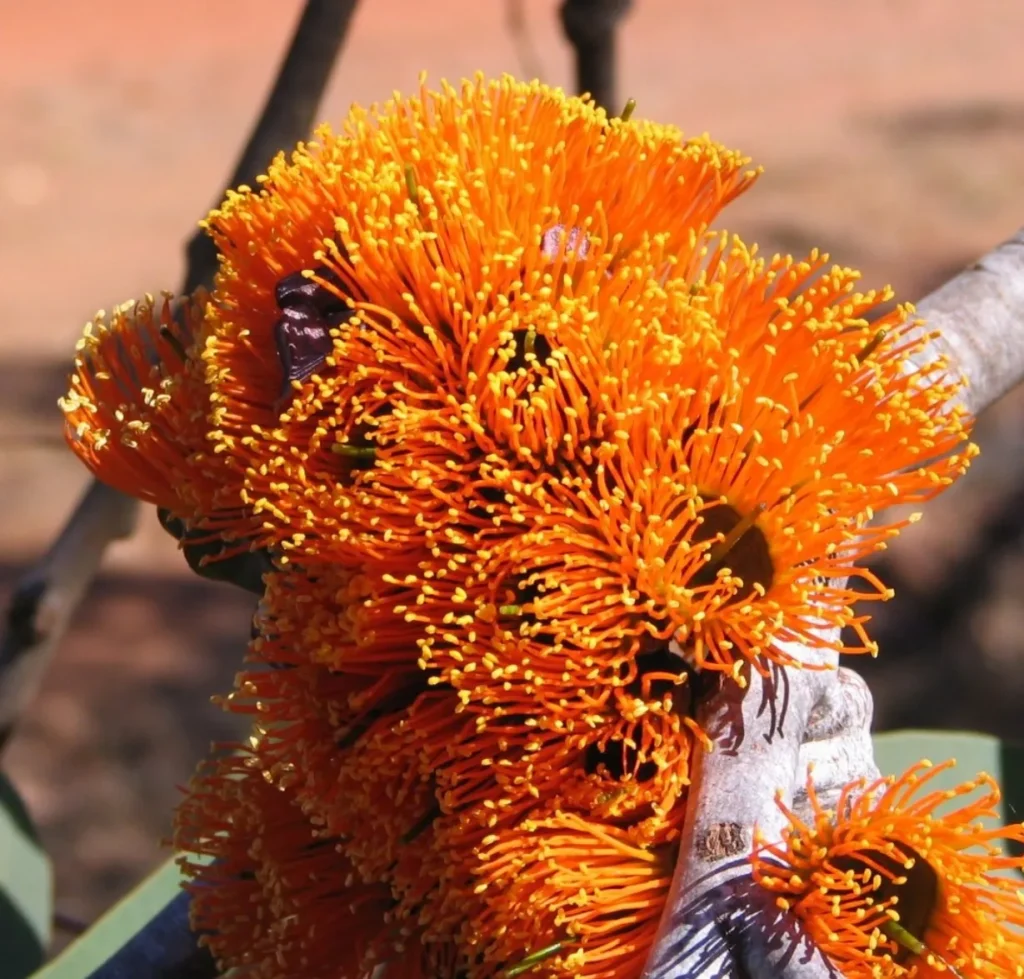
80% of Kakadu is woodlands. These tough ecosystems are made up of Eucalyptus and Acacia trees that have adapted to survive the dry season when water is scarce and the temperature is extreme. The Darwin Woollybutt and Darwin Stringybark are the most famous of these trees in the savannahs.
The dry season brings out the best in these plants as their hard bark protects them from the scorching sun. Underneath these big trees are shrubs and grasslands like Spinifex and Sorghum creating a different landscape. This habitat is home to a lot of wildlife including bird species like the hooded parrot that lives in tree hollows.
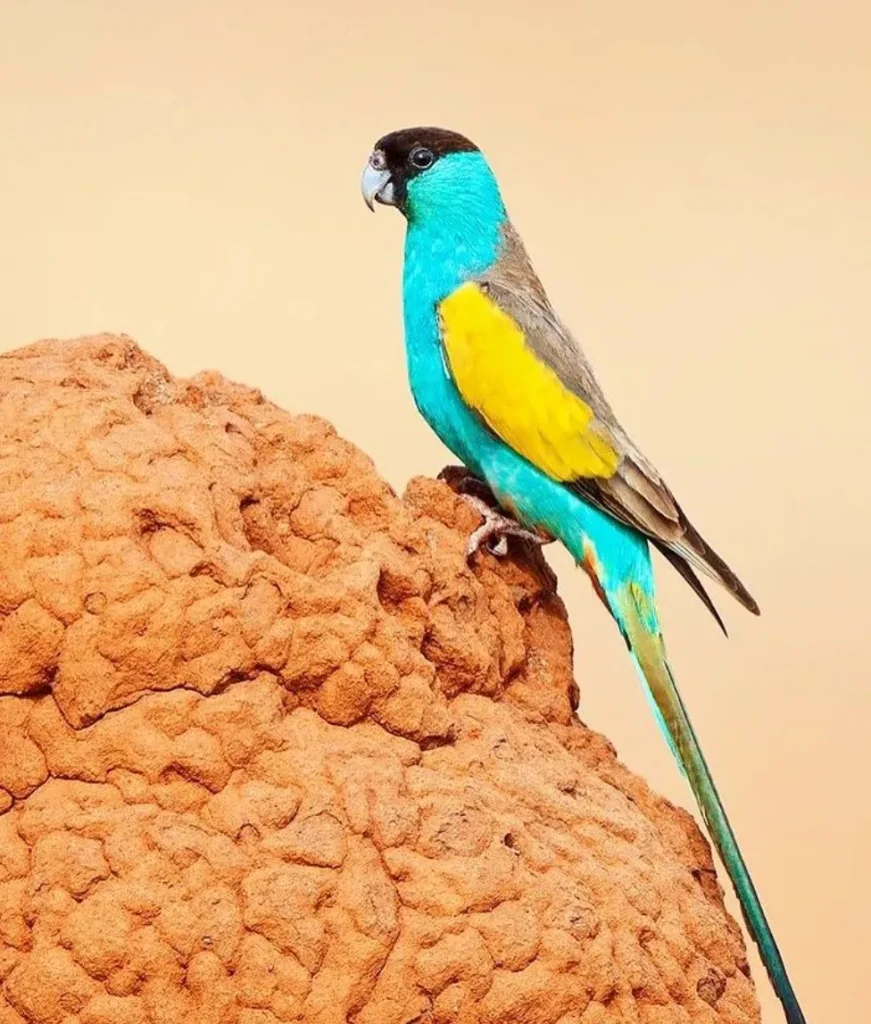
As the wet season arrives, the woodlands change dramatically. Rain fills the dry soil, and the trees and plants grow and flourish. The moist air brings out the eucalypt leaf scent, a beautiful smell that fills the woodland. It’s also the wet season when many animals start breeding, and the woodlands become a wildlife party.
Wetlands and Floodplains: The Soul of Kakadu
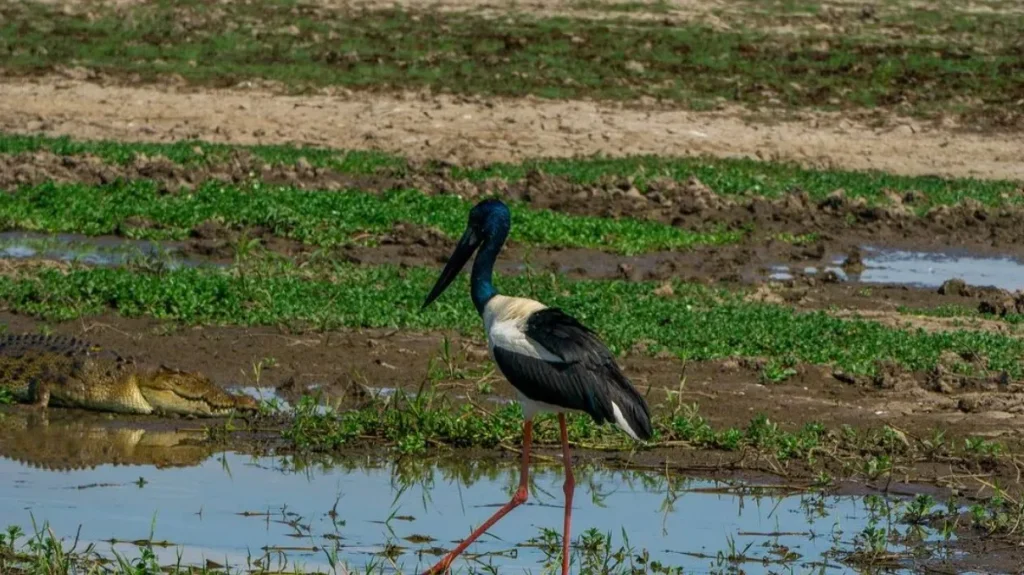
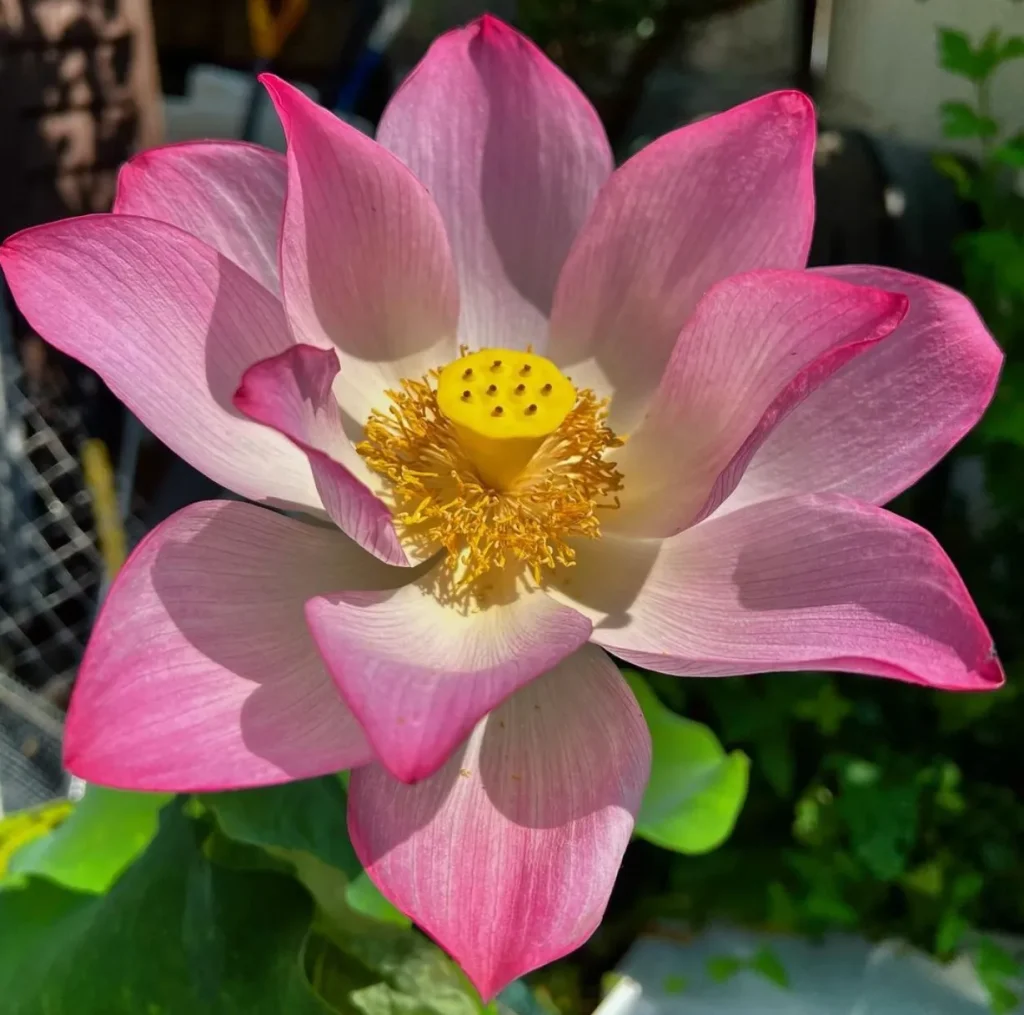
Kakadu is renowned for its wetlands, particularly in the Yellow Water area. During the wet season the floodplains and billabongs fill up and it’s a haven for aquatic plants and animals. The star of the show here is the Lotus Lily whose pink and white flowers float on the surface of the water and are just magic to see. Other wetland goodies include the Paperbark forests along the waterways and the Melaleuca trees that form thickets along Magela Creek and other rivers.
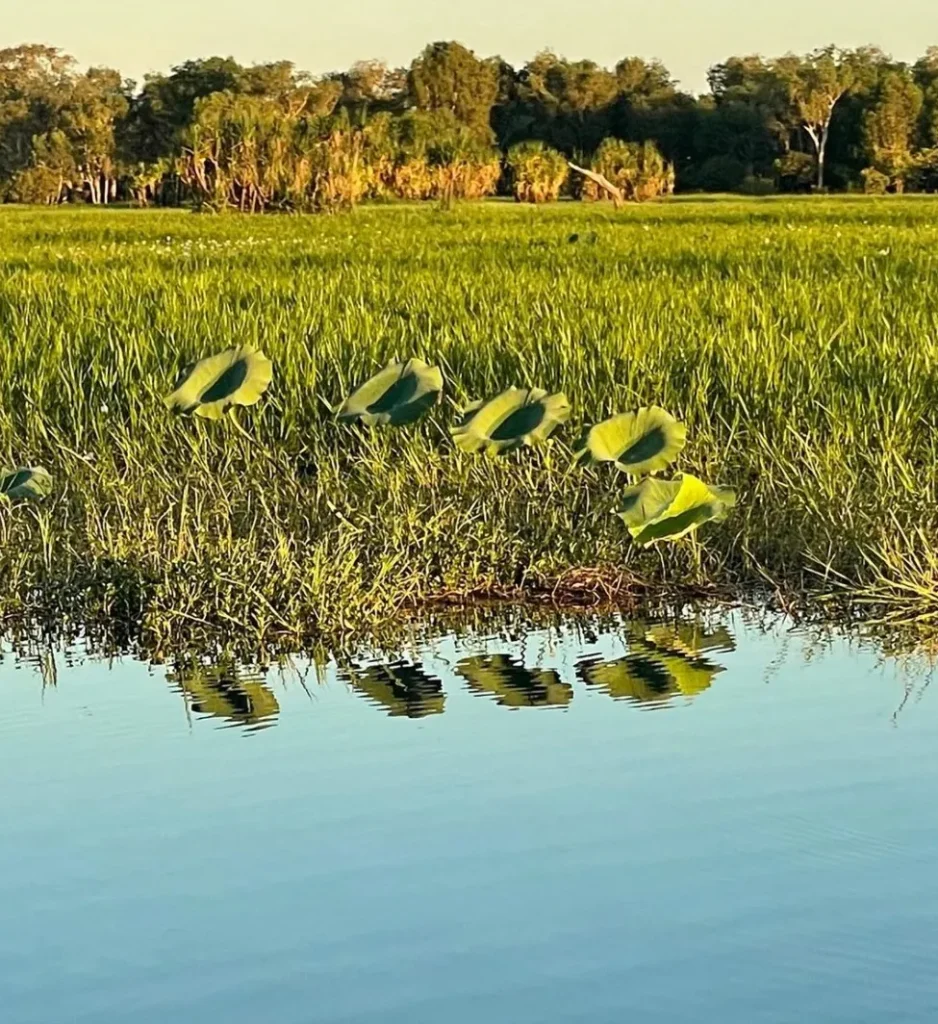
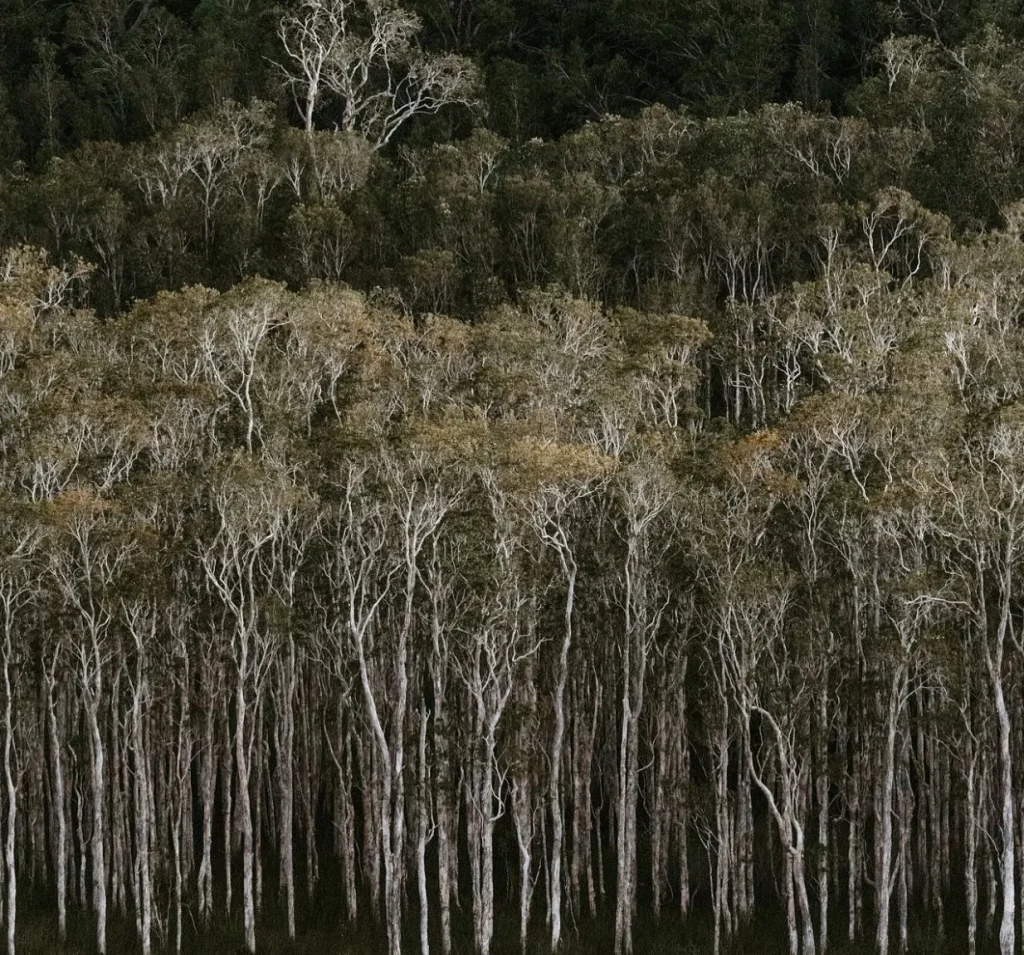
These wetlands are also home to many bird species, so Kakadu is a birdwatcher’s paradise. Famous bird species in this area include the Magpie Goose, Jabiru and Great Egret, often seen fishing or flying overhead. The wet season brings a wide range of migratory and resident bird species to the area, and Yellow Water Billabong is one of the best places to see them.
The wetlands are not just a haven for birds but also for Kakadu’s famous reptiles. Saltwater crocodiles are the rulers of these waters and can often be seen basking on the riverbanks or sneaking through the waterways. Their presence adds to the magic and excitement of the wetland experience.
Stone Country: A Land of Endemic Flora
Kakadu’s stone country is another special habitat within the park, with rugged cliffs, escarpments and gorges, particularly in the Arnhem Land and Nourlangie Rock areas. This is home to drought tolerant plants such as the Allosyncarpia ternata, an endemic tree found only in Kakadu and parts of Arnhem Land. The tree forms dense forests along the steep gorges and moist pockets of the Arnhem Land escarpment and provides shelter and food for native wildlife such as the Chestnut-quilled Rock Pigeon and the Short-eared Rock Wallaby.
The stone country is a tough environment for plants with extreme temperatures and limited water. But some species have adapted. Cycad palms are ancient plants that love the dry rocky landscape. The isolation has allowed many of these plant species to be endemic, meaning they are found nowhere else on earth.
Monsoon Rainforests: The Oases
Kakadu’s monsoon rainforests may be small but they’re big. Found in the sheltered gullies and around freshwater springs these areas are a moist haven during the dry season. Here the vegetation is dense – Banyan Figs, turmeric plants and many ferns. These oases are home to the rock ringtail possum and several bird species including the Chestnut-quilled Rock Pigeon that rely on the rainforests to survive.
These forests are important for biological diversity. Unlike the savannah woodlands or the stone country the monsoon rainforests are green all year round so they’re essential habitats for many endemic species of flora and fauna. The rainforests also have a range of vines, epiphytes and flowering plants including the white snowflake that blooms in the understorey.
Coastal Mangroves and Tidal Flats: A Living Ecosystem
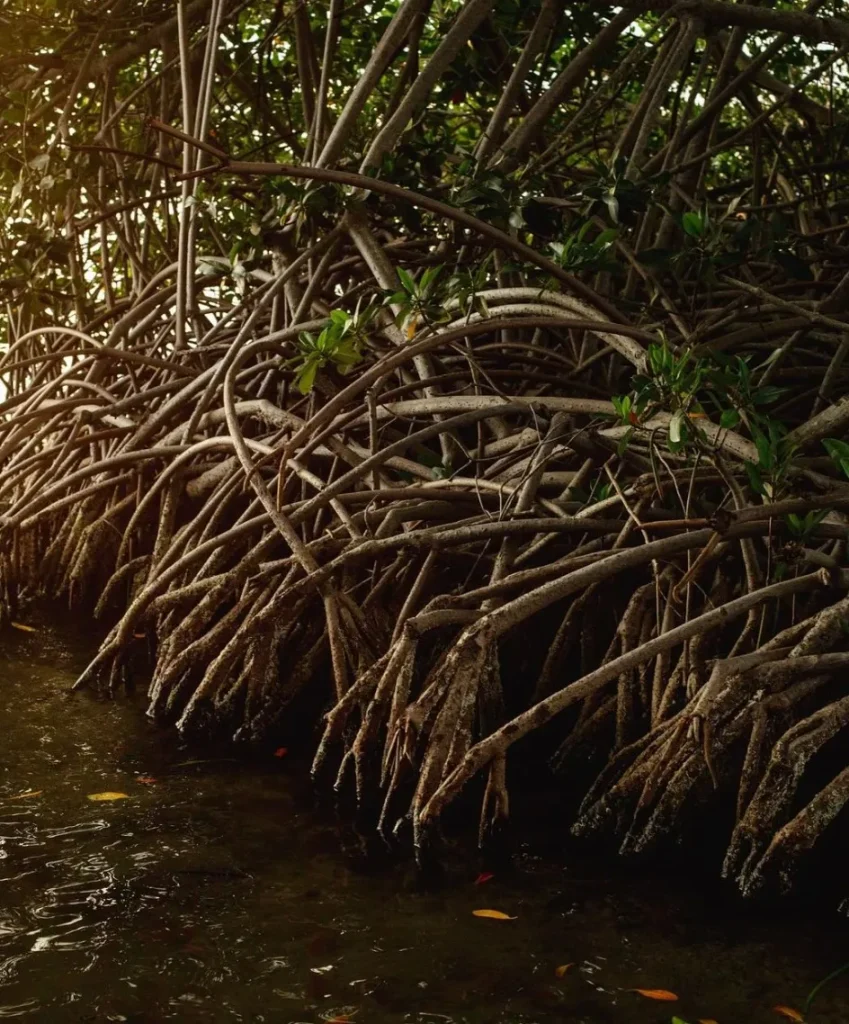
Kakadu’s coastal mangroves and tidal flats along the East Alligator Rivers are teeming with life. Mangrove swamps are essential for stabilising coastal soils, preventing erosion and providing breeding grounds for marine life. These swamps are dominated by Avicennia marina and other mangrove species that have adapted to the salty, muddy conditions.
The tidal flats in these areas flood periodically, creating a dynamic habitat for aquatic life – fish, crabs, and saltwater crocodiles. The mangroves are also important habitats for migratory birds that visit the area during their annual migrations.
Conservation and Traditional Owners
The Bininj / Mungguy people are the traditional owners of Kakadu and have a deep connection to the land and its vegetation. They have been the guardians of Kakadu’s ecosystems for over 65,000 years, using their traditional ecological knowledge to manage the park’s biodiversity. Their practices, such as traditional burning, keep the land healthy, prevent wildfires and encourage native vegetation.
With 1 day Kakadu tours from Darwin, the traditional owners and Parks Australia ensure Kakadu’s flora and fauna are protected from threats such as invasive species, feral animals and environmental change. Their work is essential to preserve the park’s natural and cultural values for future generations.
FAQ
What are the key plants in Kakadu?
Key plants are the Darwin Woollybutt, Lotus Lily and Allosyncarpia ternata which are only found in Kakadu and in its different environments.
How do the wet and dry seasons affect the flora?
The wet season brings water and life to the wetlands. The dry season brings out the woodlands and savannahs. Both seasons are important for the life cycles of Kakadu’s plants and animals.
What’s special about Yellow Water Billabong?
Yellow Water Billabong is one of the highlights of Kakadu, with its wetlands, birdwatching and Saltwater crocodiles. It’s at its best during the wet season.
How do the traditional owners look after the park?
The Bininj/Mungguy people use traditional land management practices like controlled burning to protect Kakadu’s ecosystems, preserve the plants and the cultural heritage of the land.
When should I visit plants and animals?
Wet season for aquatic plants and migratory birds. The dry season for woodlands, stone country and escarpments.
